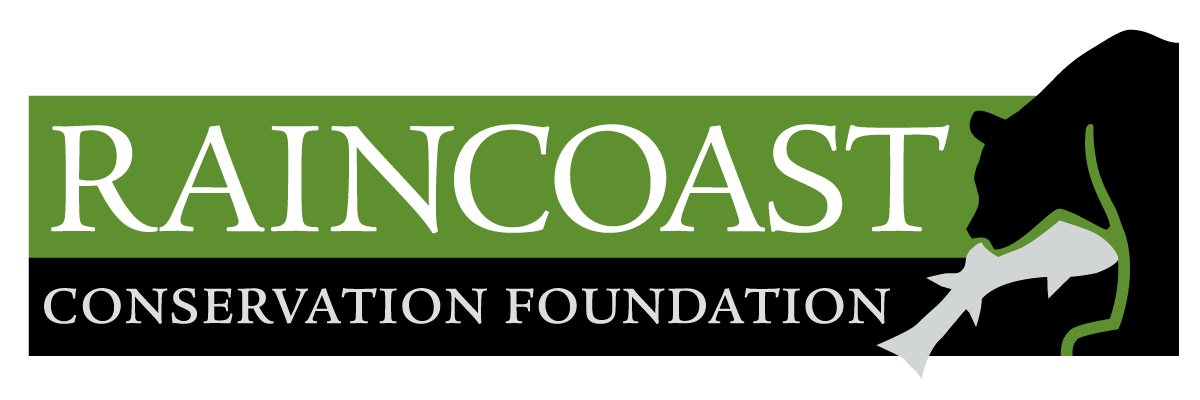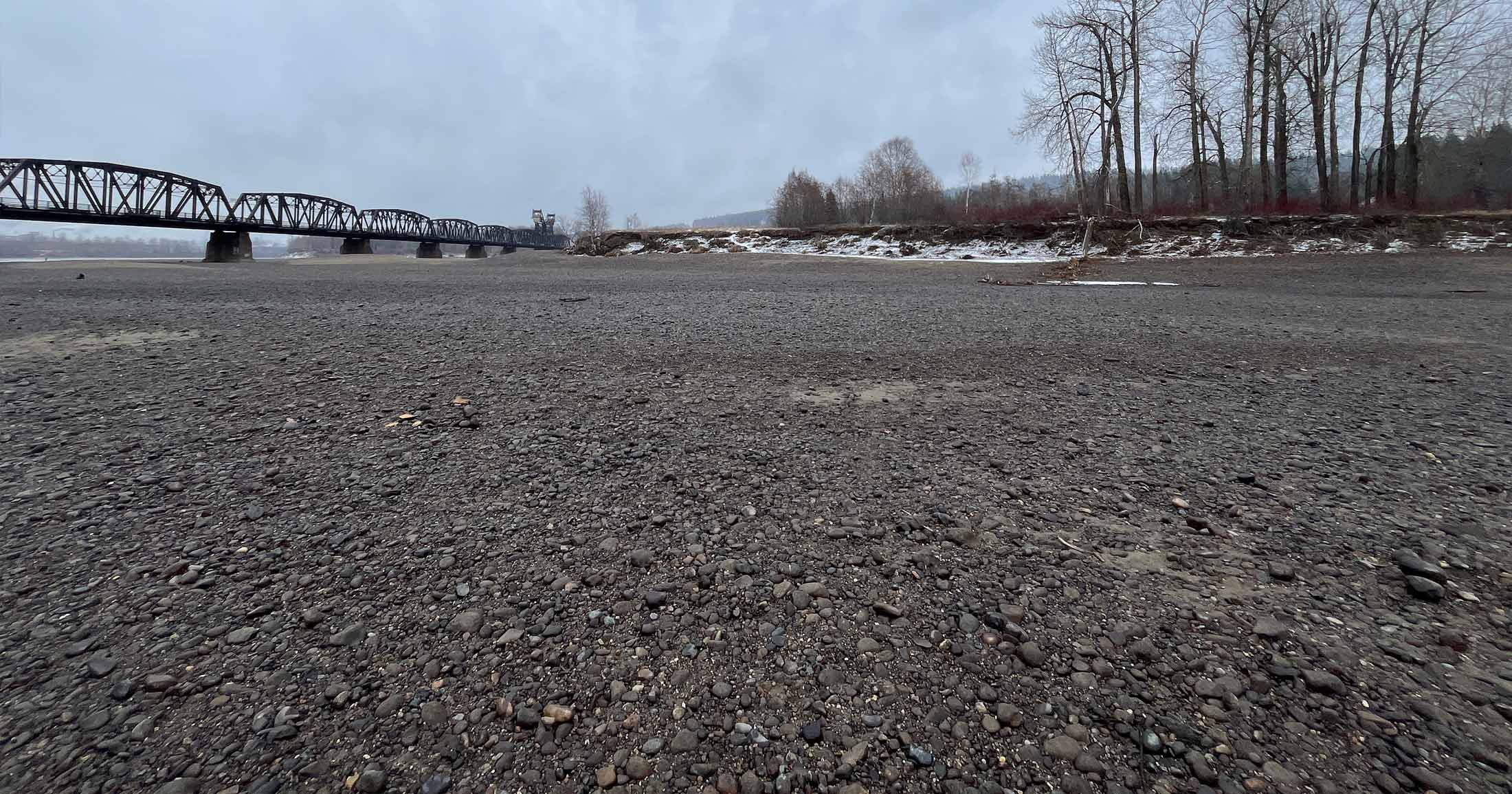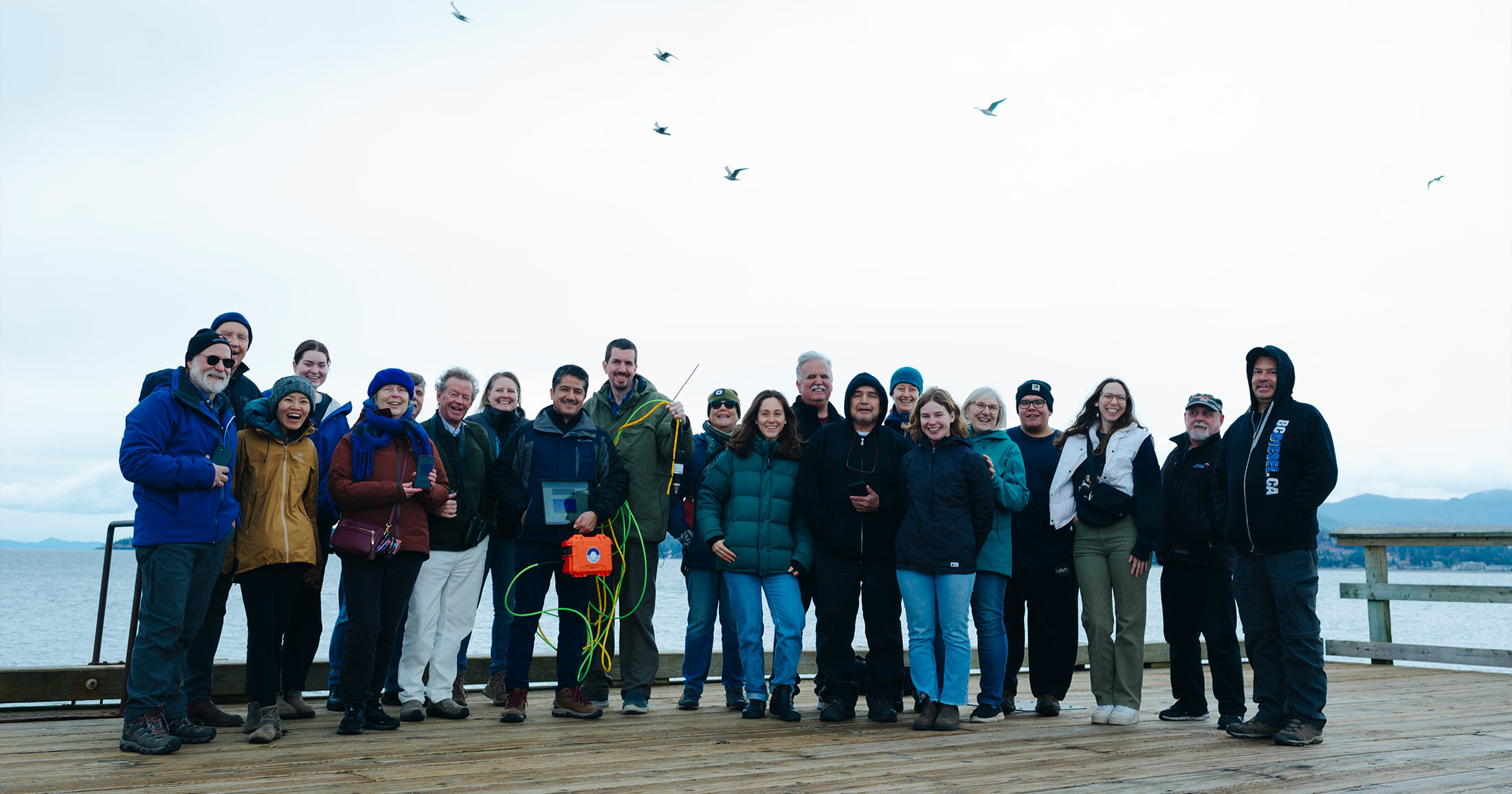Simulating effects of human disturbance on a wolf population in Manitoba, Canada
Landscape resistance to dispersal: simulating long-term effects of human disturbance on a small and isolated wolf population in southwestern Manitoba, Canada
Astrid V. Stronen, Nathan H. Schumaker, Graham J. Forbes, Paul C. Paquet and Ryan K. Brook
Citation
Stronen, A.V., N.H. Schumaker, G.J. Forbes, P.C. Paquet and R.K. Brook . Landscape resistance to dispersal: simulating long-term effects of human disturbance on a small and isolated wolf population in southwestern Manitoba, Canada. Environ Monit Assess. DOI 10.1007/s10661-011-2469-9
Download the pdf Stronen et al 2011-Landscape resistance to dispersal
Abstract
Landscape fragmentation affects wildlife population viability, in part, through the effects it has on individual dispersal. In addition, some forms of human disturbance impinge on dispersal without physically fragmenting habitats. Here, we use the term “landscape resistance” to capture constraints to dispersal that cannot be linked directly to fragmentation.
The extent to which landscape resistance can influence population persistence is not well understood. Agricultural development over the past 60 years has resulted in considerable habitat fragmentation in the Riding Mountain National Park (RMNP) region in southwestern Manitoba, Canada. We examined how park boundaries, roads outside park boundaries and negative human attitudes have altered dispersal success and population persistence. We examined whether stochastic disturbance, representing infectious disease epidemics, further reduced long-term population persistence for various scenarios. Finally, we assessed whether the simultaneous occurrence of the three features had additive effects. We simulated dispersal using HexSim, a spatially explicit individual based population model, parameterised with data on wolves (Canis lupus) in the RMNP region.
Simulations that separately accounted for negative human attitudes and roads outside the park boundaries exhibited lower mean population size than those that ignored these details. Increasing deflection from park boundaries did not appear to have significant impacts.
Our results did not indicate the presence of additive effects, and scenarios incorporating all three features had similar results as that of roads. Stochastic disturbance further reduced mean population size. Our results do illustrate how less-visible human disturbances (i.e. those that do not clearly alter landscape characteristics) can significantly limit dispersal and population persistence.
Support our mobile lab, Tracker!
Our new mobile lab will enable the Healthy Waters Program to deliver capacity, learning, and training to watershed-based communities. We need your support to convert the vehicle and equip it with lab instrumentation. This will allow us to deliver insight into pollutants of concern in local watersheds, and contribute to solution-oriented practices that protect and restore fish habitat.










